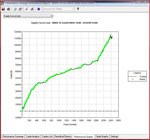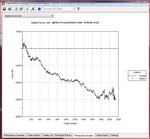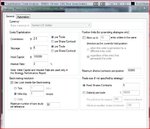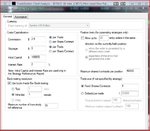I've been testing a few YM systems on TS8.4. and have noticed huge differences between results using the dow index and @YM.D (continuous contract).
I'm sure I must be doing something wrong. but can't think what..
can anyone help
thanks
I'm sure I must be doing something wrong. but can't think what..
can anyone help
thanks
Attachments
-
report indu index.xls484.4 KB · Views: 533
-
report @YMD c contract.xls396 KB · Views: 462
-
 Capture1.JPG105.4 KB · Views: 293
Capture1.JPG105.4 KB · Views: 293 -
 equity curve indu index.JPG104 KB · Views: 1,346
equity curve indu index.JPG104 KB · Views: 1,346 -
 equity curve YM c contract.JPG87.8 KB · Views: 362
equity curve YM c contract.JPG87.8 KB · Views: 362 -
 setting indu index.JPG76.5 KB · Views: 1,002
setting indu index.JPG76.5 KB · Views: 1,002 -
 settings YM c contract.JPG76.6 KB · Views: 354
settings YM c contract.JPG76.6 KB · Views: 354
Last edited:
